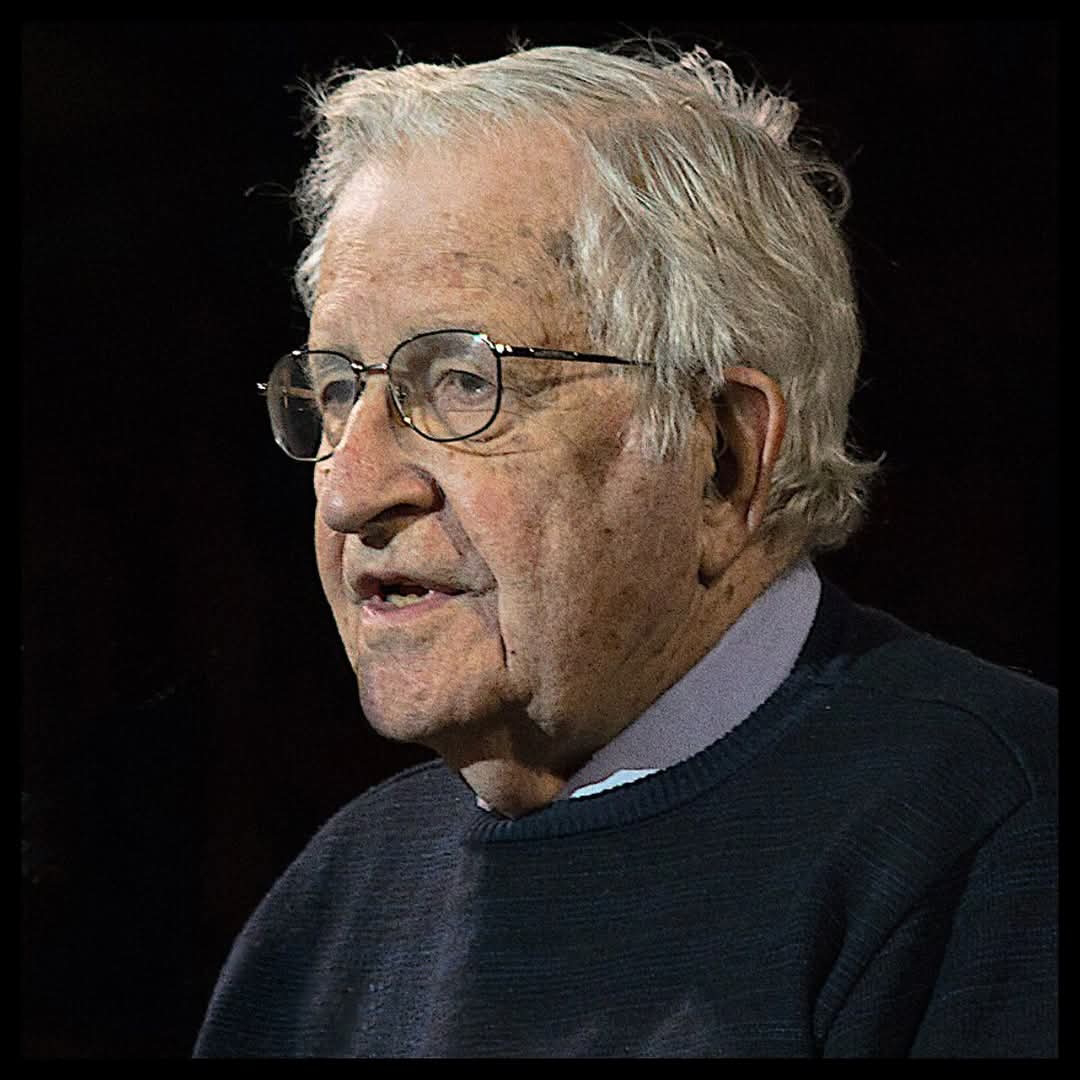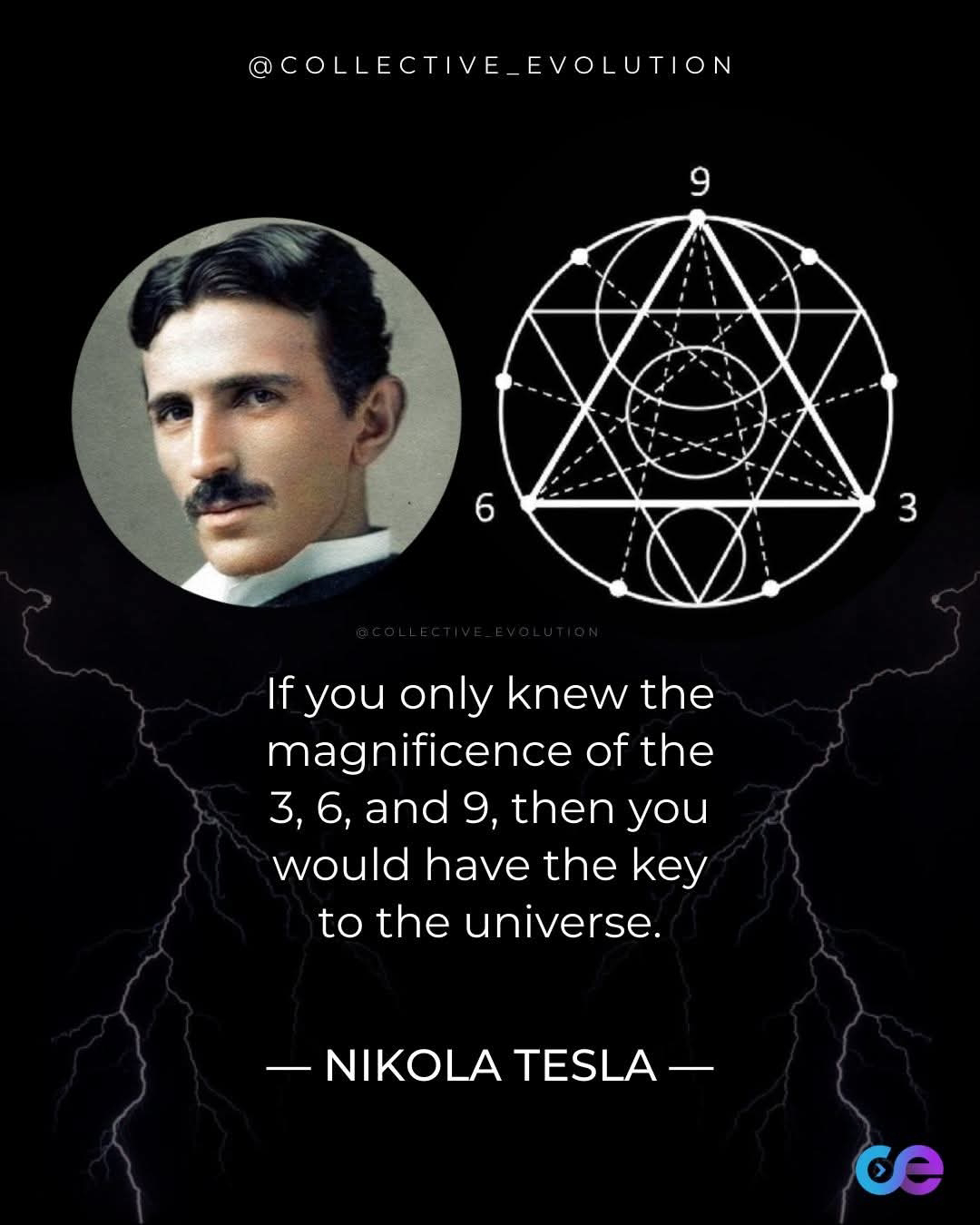Sunday, March 30, 2025
Good Boundaries and Goodbyes
How to Suffer Well
Andalah Pencipta Realitas Hidupmu Sendiri: Hasil dari Iman, Tindakan, Ketekunan dan Kesabaran
"Percayalah sepenuhnya bahwa Anda telah menerima berkat itu, hiduplah dalam keyakinan itu, tabahlah dalam kesabaran, teguh dalam iman, dan teruslah berjuang. Karena dunia yang Anda lihat ini adalah buah dari keyakinan orang-orang beriman, dan hasil perjuangan mereka yang bertindak untuk mewujudkan impiannya."
Inilah kebenaran yang mendalam:
Anda adalah pencipta realitas Anda
Dunia ini bukan kebetulan atau nasib buruk yang menimpa Anda - ini adalah ciptaan Anda sendiri. Seperti seorang anak adalah buah dari diri Anda, seperti rumah adalah karya tangan Anda, demikian pula dunia Anda adalah manifestasi dari keyakinan dan tindakan Anda.Tanggung jawab penuh atas hidup Anda
Berhentilah mencari-cari kesalahan, baik pada keadaan maupun orang lain. Jangan mengharapkan belas kasihan atau pertolongan orang lain untuk mengubah nasib Anda. Kekuatan perubahan ada di tangan Anda sendiri.Iman yang hidup melalui tindakan
"Iman tanpa perbuatan adalah mati" (Yakobus 2:26). Iman sejati bukan hanya percaya, tetapi bergerak mewujudkan apa yang dipercayai. Seperti dikatakan dalam Ibrani 11:1, iman adalah dasar dari segala yang kita harapkan dan bukti dari yang tidak kita lihat.Kekuatan kreatif iman
Seluruh alam semesta ini diciptakan oleh firman Allah (Ibrani 11:3). Demikian pula, hidup Anda adalah ciptaan dari kata-kata, keyakinan, dan tindakan Anda. Apa yang terlihat lahir dari yang tak terlihat.
Seruan untuk bertindak:
- Hentikan mentalitas korban
- Berhenti menyalahkan orang lain
- Tinggalkan harapan kosong akan pertolongan dari luar
Ambil kendali penuh atas hidup Anda
- Bertindaklah sekarang juga dengan keyakinan penuh
Ingatlah: Setiap pencapaian besar dalam sejarah dimulai dari iman yang diwujudkan dalam tindakan. Mulailah menciptakan dunia yang Anda inginkan - karena sungguh, dunia ini adalah milik Anda, ciptaan Anda, tanggung jawab Anda.
"Segala sesuatu mungkin bagi orang yang percaya!" (Markus 9:23). Percayalah, lalu wujudkan!
Iman dan Perbuatan, Ketekunan, Kesabaran dan Kepercayaan Diri Membawa Hasil
"Berimanlah, hiduplah dalam iman itu, bersabar, bertekun, dan terus berjuang—karena dunia ini adalah hasil iman orang-orang yang percaya, dan buah perjuangan mereka yang bertindak untuk mewujudkan impiannya."
Kalimat ini adalah seruan spiritual yang mendalam, mengingatkan kita bahwa:
Iman sebagai Fondasi Hidup
Iman bukan sekadar percaya, tapi kekuatan yang menggerakkan tindakan. Seperti pepatah, "Iman tanpa perbuatan adalah mati" (Yakobus 2:26). Dunia dibangun oleh orang-orang yang berani mempercayai visi yang tak terlihat, lalu mewujudkannya.
Kesabaran dan Ketekunan
Perjuangan membutuhkan ketabahan. Seperti petani menanti musim panen, atau seperti Nabi Musa memimpin bangsa Israel—proses seringkali panjang, tapi iman memberi kekuatan untuk bertahan.
Aksi Nyata
Iman tanpa tindakan adalah ilusi. Impian jadi kenyataan ketika diikuti kerja keras. Contoh:
Para pendiri bangsa berjuang demi kemerdekaan, meski harus menghadapi rintangan.
Ilmuwan dan penemu seperti Thomas Edison gagal ribuan kali sebelum menciptakan lampu.
Warisan untuk Generasi Mendatang
Dunia yang kita nikmati hari ini—hak asasi, teknologi, kebebasan—adalah hasil perjuangan orang-orang beriman di masa lalu. Kini, giliran kita melanjutkan estafet itu.
Pesan untuk Anda:
Jika Anda punya mimpi, percayalah, lalu bertindaklah. Hadapi rintangan dengan kesabaran, dan ingat:
"Gunung pun bisa dipindah dengan iman sebesar biji sesawi." (Matius 17:20).
Jadilah bagian dari mereka yang mengubah dunia—dengan iman, doa, dan tindakan nyata.
- Tanpa iman tidak pernah ada kenyataan!
- Tanpa kesabaran tidak pernah meneumi hasil!
- Tanpa kerja-keras tidak ada hasil!
- Tanpa ketekunan dalam kerjakeras tidak pernah ada buah.
Thursday, March 27, 2025
"Dunia Ini Adalah Ciptaanmu Sendiri": Menghentikan Kebiasaan Menyalahkan Orang Lain
Oleh Yikwanak Kole
Pernahkah Anda merasa bahwa hidup ini tidak adil?
Bahwa nasib buruk yang menimpa Anda, keluarga, atau bahkan bangsa adalah kesalahan orang lain? Pemerintah yang korup, orang tua yang tidak mendukung, teman yang menghianati, atau sistem yang menindas?
Sekarang, bayangkan sebuah prinsip yang mungkin akan mengubah cara Anda memandang hidup selamanya:
"Dunia ini adalah ciptaanmu sendiri."
Ini berarti bahwa segala sesuatu yang terjadi dalam hidup Anda—baik suka maupun duka—tidak sepenuhnya disebabkan oleh orang lain, melainkan oleh pikiran, keyakinan, dan tindakan Anda sendiri.
Mengapa Kita Suka Menyalahkan Orang Lain?
Menyalahkan pihak luar adalah mekanisme pertahanan psikologis yang membuat kita merasa lebih nyaman. Daripada mengakui bahwa kita mungkin ikut berkontribusi pada masalah, lebih mudah untuk mengatakan:
- "Saya miskin karena pemerintah tidak adil."
- "Hubungan saya hancur karena pasangan saya egois."
- "Saya gagal karena orang tua tidak mendukung."
Namun, pola pikir seperti ini justru membuat kita terjebak dalam mentalitas korban—sebuah kondisi di mana kita merasa tidak berdaya dan selalu bergantung pada faktor eksternal untuk perubahan.
Jika Dunia Adalah Ciptaan Anda, Maka Anda Bertanggung Jawab
Prinsip "Dunia ini adalah ciptaanmu sendiri" berasal dari pemahaman bahwa:
Pikiran Anda Membentuk Realitas
Apa yang Anda fokuskan, itulah yang Anda tarik. Jika Anda terus-memusuhi kegagalan, Anda akan melihat lebih banyak kegagalan. Jika Anda yakin bahwa hidup ini keras, maka hidup akan terasa lebih keras bagi Anda.
Tindakan Anda Menciptakan Hasil
Jika Anda terus-menerus mengeluh tetapi tidak berusaha mengubah keadaan, maka hasilnya akan tetap sama. Sebaliknya, jika Anda mengambil tanggung jawab, Anda mulai melihat peluang baru.Keyakinan Anda Membatasi atau Memperluas Hidup Anda
Jika Anda yakin bahwa "orang seperti saya tidak mungkin sukses," maka Anda akan membuktikan keyakinan itu benar. Tapi jika Anda percaya bahwa Anda bisa berubah, maka jalan baru akan terbuka.
Bagaimana Berhenti Menyalahkan Orang Lain?
Bertanya: "Apa Peran Saya dalam Masalah Ini?"
Daripada menyalahkan orang lain, tanyakan pada diri sendiri:- Apakah saya bisa mengambil tindakan berbeda?
- Apakah pola pikir saya memperburuk situasi?
Fokus pada Hal yang Bisa Dikendalikan
Ganti Narasi Korban dengan Narasi Kekuatan
"Saya memilih untuk tetap di sini sambil mencari cara meningkatkan skill saya."
Ambil Tanggung Jawab, Bukan Kesalahan
Tanggung jawab bukan tentang mengakui bahwa Anda "bersalah," melainkan tentang mengakui bahwa Anda punya kekuatan untuk mengubah keadaan.
Apa yang Terjadi Jika Anda Berhenti Menyalahkan?
Anda Merasa Lebih Berdaya – Ketika Anda berhenti menjadi korban, Anda mulai melihat solusi.
Hidup Menjadi Lebih Ringan – Tidak perlu marah-marah pada dunia, karena Anda fokus pada apa yang bisa diperbaiki.
Anda Menciptakan Realitas yang Lebih Baik – Dengan mengubah cara berpikir dan bertindak, hasil dalam hidup pun berubah.
Kesimpulan
Jika dunia adalah ciptaan Anda sendiri, maka Anda adalah arsitek nasib Anda. Berhenti menyalahkan orang lain bukan berarti mengabaikan ketidakadilan, melainkan mengambil kembali kekuatan Anda untuk berubah.
Mulai hari ini, cobalah bertanya:
"Apa yang bisa saya lakukan untuk menciptakan dunia yang lebih baik bagi diri saya?"
Karena pada akhirnya, hidup bukanlah tentang apa yang terjadi pada Anda, tetapi tentang bagaimana Anda meresponsnya.
Leader in You by Dale Carnegie
Don't Believe Everything You Think!
Monday, March 24, 2025
Where My Life Have Been?
Sunday, March 23, 2025
7 Lessons from "Hello, Higher Self: An Outsider's Guide to Loving Yourself in a Tough World"
Saturday, March 22, 2025
Becoming Supernatural" by Dr. Joe Dispenza
Thursday, March 20, 2025
The Practicing Mind: Mastering Focus, Patience, and Progress
Tuesday, March 18, 2025
Sigmund Freud’s The Interpretation of Dreams
Saturday, March 15, 2025
Noam Chomsky, a renowned American philosopher and professor
Sunday, March 9, 2025
Noam Chomky's Quotes as Life Lessons
Peran dan Fungsi ataukah Kesetaraan dalam Kampanye Kesetaraan Gender di Melanesia
Dalam masyarakat Melanesian, peran dan fungsi gender tradisional telah secara historis cukup kaku, dengan wanita terutama bertanggung jawab untuk tugas-tugas seperti perawatan, mengumpulkan makanan, dan mempertahankan rumah tangga, sementara pria ditugaskan dengan memancing berburu, dan menyediakan untuk keluarga mereka. Peran ini sering didelineasi oleh norma-norma budaya dan nilai-nilai yang menekankan pentingnya menjaga ketertiban sosial dan kohesi masyarakat.
Namun, dalam beberapa tahun terakhir, telah ada dorongan yang berkembang untuk kesetaraan gender di masyarakat Melanesia, bahan bakar oleh gerakan global dan meningkatkan kesadaran hak wanita. Meskipun dorongan ini untuk perubahan, banyak komunitas Melanesian terus berminyak dengan keyakinan berdaun dalam tentang peran gender dan perilaku pria dan wanita yang tepat.
Salah satu tantangan utama dalam mempromosikan kesetaraan gender di masyarakat Melanesian terletak di mencolok keseimbangan antara menghormati bea cukai tradisional dan nilai-nilai sementara advokasi untuk ekuitas gender. Upaya untuk mengatasi kekerasan berbasis gender telah berusaha untuk menavigasi keseimbangan halus ini dengan mengintegrasikan praktik adat Melanesian ke dalam intervensi yang bertujuan untuk mempromosikan kesetaraan gender.
Sebagai contoh, di Papua New Guinea, Kup Women untuk gerakan Perdamaian telah memobilisasi wanita untuk melayani sebagai perdamaian di komunitas mereka, menggambar peran tradisional sebagai pembuat perdamaian dan mediator. Dengan mengetuk norma-norma budaya yang ada ini, gerakan telah dapat secara efektif mengatasi konflik dan meningkatkan kesetaraan gender dalam masyarakat.
Demikian pula, di Vanuatu, Perlindungan Keluarga Undang-Undang menggabungkan metode penyelesaian konflik tradisional Melanesian, seperti mediasi oleh kepala dan pemimpin masyarakat, ke dalam kerangka hukum untuk mengatasi kekerasan dalam negeri. Dengan mengintegrasikan praktik-praktik khusus ini ke dalam mekanisme hukum formal, Undang-Undang telah dapat secara efektif mengatasi kekerasan berbasis gender sambil juga menghormati nilai-nilai dan kepercayaan tradisional.
Menjelajahi lanskap yang kompleks dari kesetaraan gender di masyarakat Melanesian membutuhkan pemahaman damai norma dan nilai-nilai, serta komitmen untuk mempromosikan perubahan positif dalam masyarakat. Strategi untuk efektif menumbuhkan kesetaraan gender dalam konteks ini termasuk terlibat dengan pemimpin lokal dan orang tua untuk dukungan garner untuk inisiatif ekuitas gender, memberikan pendidikan dan pelatihan pada masalah gender, dan memberdayakan wanita untuk menegaskan hak dan advokat mereka untuk perubahan.
Secara keseluruhan, sementara tantangan mempromosikan kesetaraan gender di masyarakat Melanesian signifikan, peluang untuk perubahan positif juga luas. Dengan hati-hati menavigasi persimpangan bea cukai tradisional dan nilai-nilai dengan dorongan ekuitas gender, ada potensi besar untuk menciptakan masyarakat yang lebih sama dan hanya untuk semua anggota masyarakat.
Baca Artikel lain














